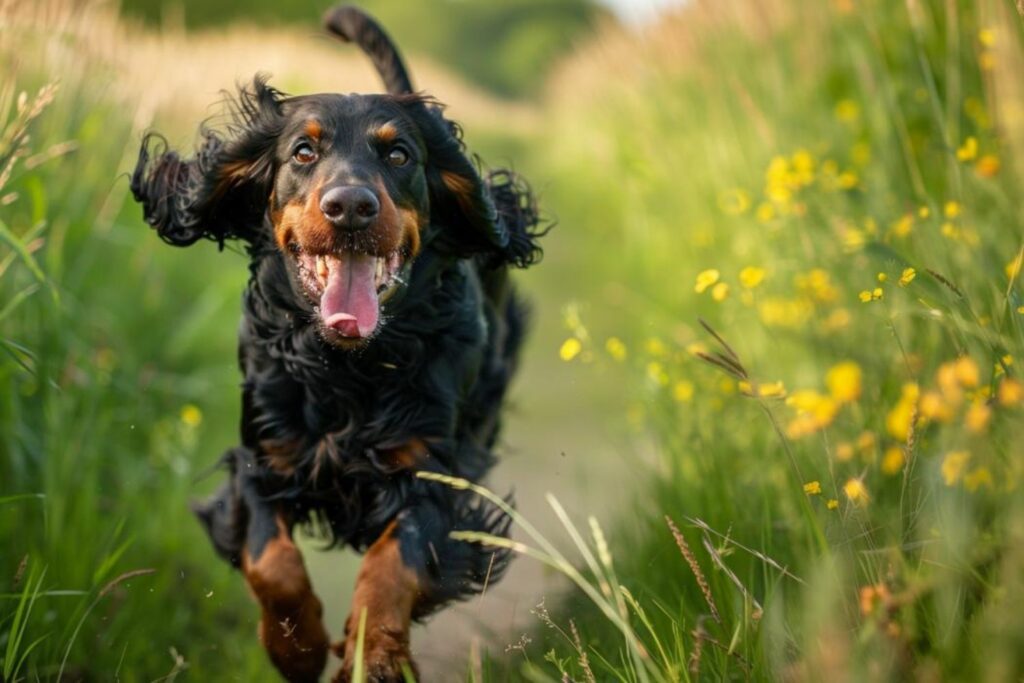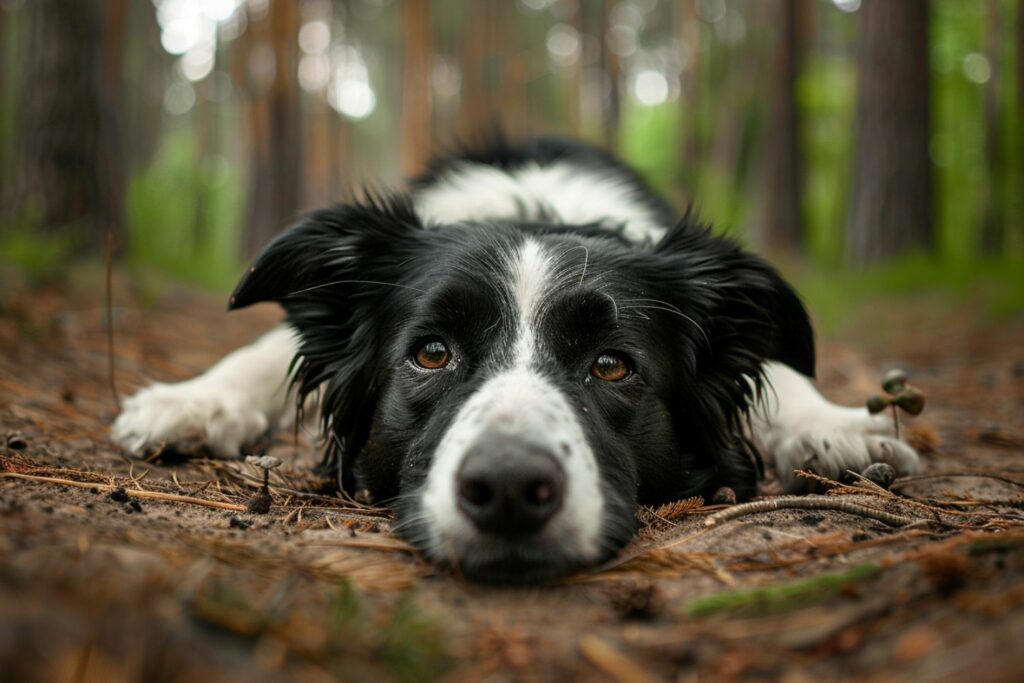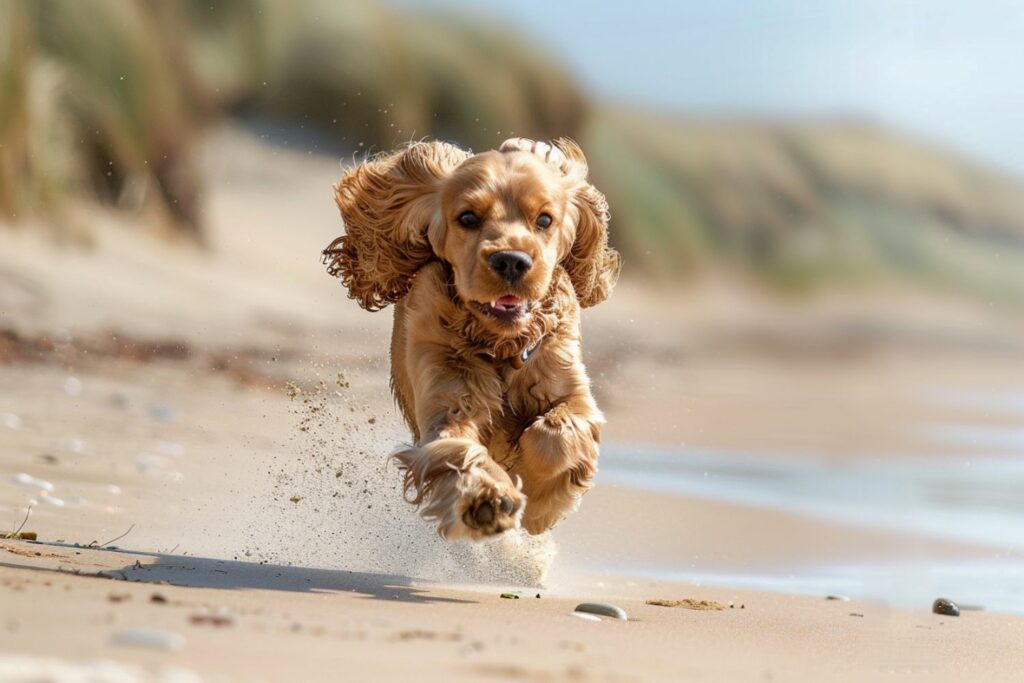Veterinarian’s Guide First Aid Kits for Dogs
 Katrine Boen
Katrine Boen
As a pet owner, your dog’s safety and well-being are top priorities. While you may already have a first aid kit for your family, it’s equally important to have one specifically for your furry friend. Having a dog-specific first aid kit, along with the knowledge of how to administer first aid to a dog, can provide peace of mind and ensure that you’re prepared to handle emergencies quickly and effectively.
When travelling without your furry friend, be sure to consider who’s in charge while you’re away and what they’ll need to keep your dog safe and healthy.
If your dog gets injured, first assess the extent of the damage. Remember, first aid should not replace professional veterinary care. A veterinarian has the training and knowledge to make accurate diagnoses and provide appropriate treatment.

Why You Need a First Aid Kit for Your Dog
Emergencies can happen at any time, whether you’re at home, walking your dog, running errands, or travelling. Having a first aid kit for your dog allows you to address minor injuries, prevent complications, and stabilize your pet until you can reach a veterinarian. Being prepared can significantly improve your dog’s recovery and overall health. Here are some minor injuries where first-aid equipment can be useful:
- Puncture wounds, cuts, and lacerations: These can be caused by broken glass, sharp sticks, shells, barbed wire, etc. If your dog experiences heavy bleeding or major bite injuries, it may go into shock, indicated by pale or greyish mucous membranes and collapse. Immediate veterinary care is essential.
- Debris in the eye: Promptly addressing this can prevent further irritation or damage.
- Diarrhea: Managing mild cases can prevent dehydration and discomfort.
- Insect bites: Quick treatment can reduce swelling and allergic reactions.
- Broken or cracked claws: These can cause excessive bleeding and may require professional care.
- Sore paws: Hot sand and tar can cause burns, and long walks can result in sores and cracks.
- Dehydration: Recognizing and addressing this early can prevent serious health issues.
Being prepared with a first aid kit can make a crucial difference in how well and quickly your dog recovers from minor injuries.

First Aid Kit Essentials for your Dog
This list will help you assemble everything you’ll need in a first-aid kit for a canine medical emergency.
- Bandage (Preferably Self-Adhesive): Ideal for wrapping wounds, and providing support without sticking to fur. Be careful not to tighten too much, as this will prevent blood circulation.
- Tape for the Bandage: Used to secure bandages in place, ensuring they stay on properly.
- Wound Compress: Helps to control bleeding* and protect wounds from dirt and bacteria.
- Sterile Cleansing Wipes: For cleaning minor cuts, scrapes, and other wounds before bandaging.
- Hand Sanitizer: Sanitise your hands before and after treating your dog to prevent infection.
- Disposable Gloves: Protects you from contaminants and prevents infection when treating wounds.
- Physiological Sterile Saline: Used to rinse wounds, eyes, and other sensitive areas to clean and soothe them.

- Wound Salve/Ointment, Wound Spray: Promotes healing and prevents infection in minor cuts and abrasions. Calendula cream can help bring down the swelling and redness and quickly heal the wound.
- Charcoal Tablets: Help to treat acute diarrhoea by absorbing toxins in the gastrointestinal tract.
- Probiotics: Ask your vet which probiotics will be beneficial for your dog.
- Digital Thermometer: Accurately measures your dog’s temperature to detect fever or hypothermia. The temperature must be measured in the rectum and is normally between 37.3 – 39 degrees.
- Scissors: For cutting bandages, gauze, or other materials needed for wound care, as well as trimming the hair around the wound.
- Tweezers: Essential for removing splinters, thorns, or ticks from your dog’s skin.
- Magnifying Glass: Helps you see small foreign objects, like splinters or ticks, more clearly.
- Paw Balm and Paw Socks: Moisturizes and protects your dog’s paw pads, while paw socks prevent licking and further injury.
- Arnica ointment: Can be applied to sore muscles for relief.
- Aloe Vera gel: For sunburn.
- Tick Remover: A specialised tool for safely and effectively removing ticks.
- Soft Muzzle: Prevents biting if your dog becomes frantic or aggressive due to pain or stress.
- Claw Pliers and some Baking Soda: For trimming nails and stopping bleeding in case of a nail injury.
- Bite and Sting Relief Cream: Soothes irritation and pain from insect bites and stings. Seek veterinary care if stung by multiple bees.
- Headlamp: Provides hands-free lighting for treating injuries in low-light conditions.
- Blanket/Towel: Used for warmth and comfort, or to make an emergency stretcher.
- Collapsible Travel Bowl: Ensure your dog stays hydrated during emergencies.
- Emergency Contact List: Include your veterinarian’s phone number, emergency clinics, and poison control hotline.
Please remember that pain medication for humans can be fatal for dogs. Always consult with your vet before administering any medication.
Snake, Scorpion, or Spider Bites in Dogs
Dogs are naturally curious, making their muzzles, heads, and paws particularly vulnerable to bites from snakes, scorpions, and spiders. The severity of the situation depends on the amount of venom injected. Oozing oedema mixed with the blood is a strong confirmation that venom has been injected. Bites can cause swelling, and the dog may become limp and show signs of discomfort. Blood circulation can deteriorate, potentially leading to shock or even death in severe cases.
If your dog is bitten, take immediate action and seek veterinary care as soon as possible.

Important Steps
- Contact a veterinarian immediately.
- Keep the dog calm: Carry smaller dogs if possible. For larger dogs, use a stretcher to minimise their movement, as physical activity and stress increase circulation and the spread of venom.
- Do not tie anything over the bite site: Restricting blood flow can worsen the situation.
- Do not attempt to suck out the venom.
Key Points to Remember
- Dry Bites: Approximately 30% of snake bites are so-called “dry bites,” meaning no venom is injected.
- Twin puncture marks: Not all snake bites will leave twin-puncture marks.
- Scorpion Bites: Most scorpion stings are not lethal to dogs, but some species can cause severe health issues.
- Spider Bites: While most spiders are harmless to dogs, the following species can be dangerous: violin spiders, brown recluse spiders, black widow spiders, and yellow sac spiders.
If you suspect your dog has been bitten by any of these creatures, immediate veterinary attention is crucial.
Protecting Your Dog from Sunburn
Dogs can get sunburned, especially on their muzzle, ears, and areas with little or no fur and pigmentation. If your dog has thin fur, is light-skinned or white-coloured – it is even more susceptible to sunburn. To protect your dog from the sun, you can use a blanket, a dog jacket/tee (light colour) or apply sunscreen. Here are some tips for sun protection:
- Choose a sunscreen with at least SPF 30.
- Opt for a fragrance-free sunscreen. You can use sunscreens specifically designed for dogs, such as Dermoscent Sunfree sunscreen for dogs and cats SPF 30, PetScreen or a fragrance-free sunscreen intended for children.
- Apply sunscreen at least 15 minutes before going outside and reapply regularly throughout the day.
- If your dog enjoys swimming, reapply sunscreen after each swim.

By taking these precautions, you can help protect your dog from harmful sun exposure and ensure they stay safe and comfortable. Should your dog get sunburnt, you can apply aloe vera gel on the area.
Training and Preparedness
Consider taking a pet first aid course to better prepare yourself. Many organisations offer training that covers CPR, wound care, and other essential skills. Being educated can help you remain calm and efficient in an emergency. In addition to a first aid kit, be sure to include a canine first-aid manual, as well as a copy of your dog’s medical records, vaccination records, and emergency phone numbers.
Where to Store Your Dog’s First Aid Kit
Keep your dog’s first aid kit in an easily accessible and organised location. Consider having multiple kits:
- At Home: Store in a central location like the kitchen or laundry room.
- In the Car: Keep a kit in your vehicle for trips and emergencies while on the road.
- Travel Kit: Pack a smaller version when travelling or hiking.
Tips to Prevent Accidents
Ensuring your dog’s safety during long hikes and excursions requires preparation and vigilance. Here are some essential prevention tips to help avoid accidents and keep your furry friend safe:
1. Plan Ahead
Choose dog-friendly trails that match your dog’s fitness level. Check for any potential hazards like steep cliffs, rough terrains, or bodies of water. Avoid extreme weather conditions. High heat can lead to heatstroke, while extreme cold can cause hypothermia. Familiarise yourself with park rules and regulations regarding dogs, including leash requirements (nesting birds, free-roaming sheep etc).
2. Train Your Dog
Ensure your dog knows basic commands such as sit, stay, come, and leave it. This can prevent your dog from running off or engaging with wildlife.
Practice walking on a leash to maintain control during the hike. A harness can provide better comfort.

3. Pack the Essentials
- First Aid Kit: Carry a dog-specific first aid kit with essentials like bandages, antiseptic wipes, wound compress and a digital thermometer.
- Water and Food: Bring enough water and snacks for both you and your dog. Use a collapsible travel bowl for convenience. Take regular breaks to hydrate.
- Protective Gear: Consider booties to protect your dog’s paws from rough terrain and hot surfaces. A cooling vest can be helpful in hot weather.
- Identification: Ensure your dog has an updated ID tag and is microchipped in case you get separated.
4. Monitor Your Dog’s Health
Take frequent breaks to let your dog rest and hydrate. Be alert for signs of exhaustion, heatstroke, or injury. Symptoms can include excessive panting, drooling, limping, or lethargy. Regularly check your dog’s fur for ticks, burrs, and other foreign objects that can cause discomfort or injury.
5. Stay on the Trail
Stick to marked trails to reduce the risk of encountering dangerous wildlife or hazardous conditions. Keep your dog on a leash, especially in areas where wildlife is present. This can prevent your dog from chasing animals or getting lost.
6. Hydration and Nutrition
Ensure your dog drinks water regularly to avoid dehydration, especially during hot weather. Provide small, frequent snacks to maintain energy levels throughout the hike.
7. Emergency Preparedness
- Emergency Contacts: Have a list of emergency contacts, including local vets and emergency animal hospitals.
- Navigation Tools: Carry a map, compass, or GPS device to avoid getting lost. Ensure your phone is fully charged.

8. Post-Hike Care
After the hike, thoroughly check your dog for cuts, abrasions, or other injuries. If your dog is limping, it might indicate bruises, strained or sprained muscle/soft tissue injury or that something is stuck in the paw. Rest is necessary to heal the leg.* Offer plenty of water and let your dog rest. Monitor for any delayed signs of distress or illness.
*Broken leg: Your dog will not be able to walk on the leg, and there will be swelling and possible lameness. Contact the vet immediately.
Conclusion
Having a well-prepared first aid kit for your dog is an essential part of responsible pet ownership. Emergencies can happen at any time, and being equipped with the right tools and knowledge can make a significant difference in your dog’s recovery and overall health. A dog-specific first aid kit allows you to address minor injuries, prevent complications, and provide critical care until professional veterinary help is available.
When planning trips without your pet, ensure that whoever is caring for your dog knows where the first aid kit is and how to use it. Always remember that first aid is not a substitute for professional veterinary care, but a means to stabilise your pet until they can receive proper treatment.
Stay prepared, stay vigilant, and keep your dog’s safety and health a top priority on all your adventures together.

